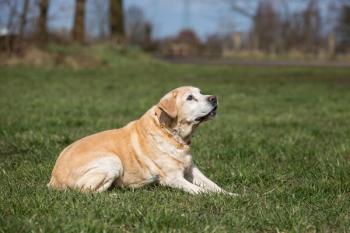
Dental mistakes pet owners make

From crunchy kibble to old age excuses, many pet owners fall prey to dental myths that put their animals at risk
Oral health is a critical component of overall well-being for companion animals, yet pet owners often rely on misguided “rules of thumb” that do more harm than good. In the above video, Mary Berg, BS, LATG, RVT, VTS (Dentistry), FVTE, dispels pervasive myths about pet dental care so your clients can keep their pet's dental health in top shape.
Eating hard kibble will keep my pet’s teeth clean
Hard kibble fragments on contact rather than scrubbing tooth surfaces, and many pets swallow it whole, rendering it ineffective. Feeding a veterinary dental diet that encourages true chewing—squeegeeing plaque from the teeth—is a far better strategy.
Dogs need to chew on bones and antlers for dental health
Although appealing to dogs, bones and antlers can crack teeth because a dog’s jaw lacks the side-to-side motion humans use to grind food, leading to painful fractures and possible abscesses.“White teeth equal healthy teeth.”
Shiny, white enamel can mask underlying periodontal disease; it’s the gingiva (gum tissue) and subgingival health that truly indicate oral wellness since most periodontal damage occurs below the gum line.
My dog is too old for a dental cleaning
Age itself is not a contraindication for anesthesia—older pets often need dental procedures even more, because untreated infection in the mouth can spread to the heart, liver, kidneys, or other organs.
Bad breath is normal for dogs
While a mild “warm, sweaty” odor can be expected, offensive halitosis signals bacterial activity under the gums producing volatile sulfur compounds that indicate periodontal disease.
But he’s still eating, so he’s fine
Dogs have a strong survival instinct and often continue eating despite dental pain; chewing alone is not a reliable indicator of oral health.
Newsletter
From exam room tips to practice management insights, get trusted veterinary news delivered straight to your inbox—subscribe to dvm360.






